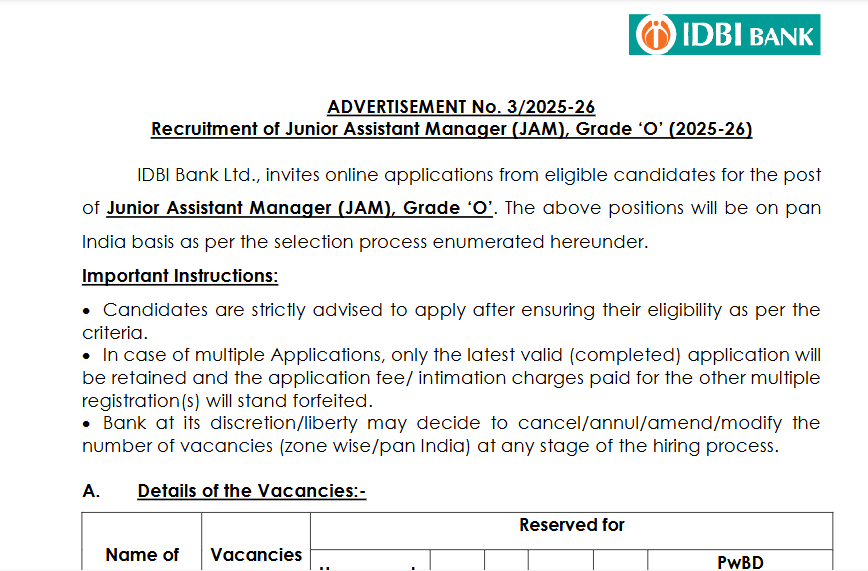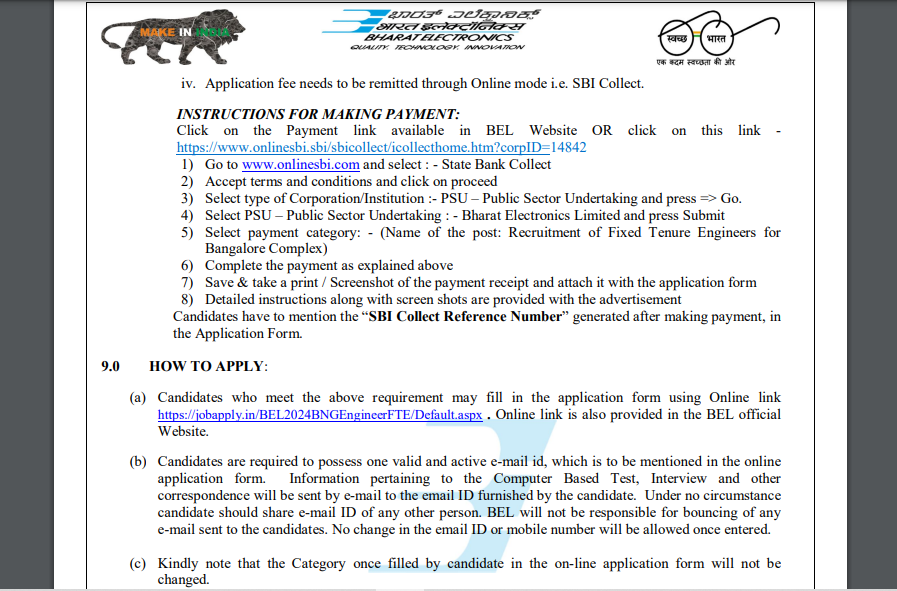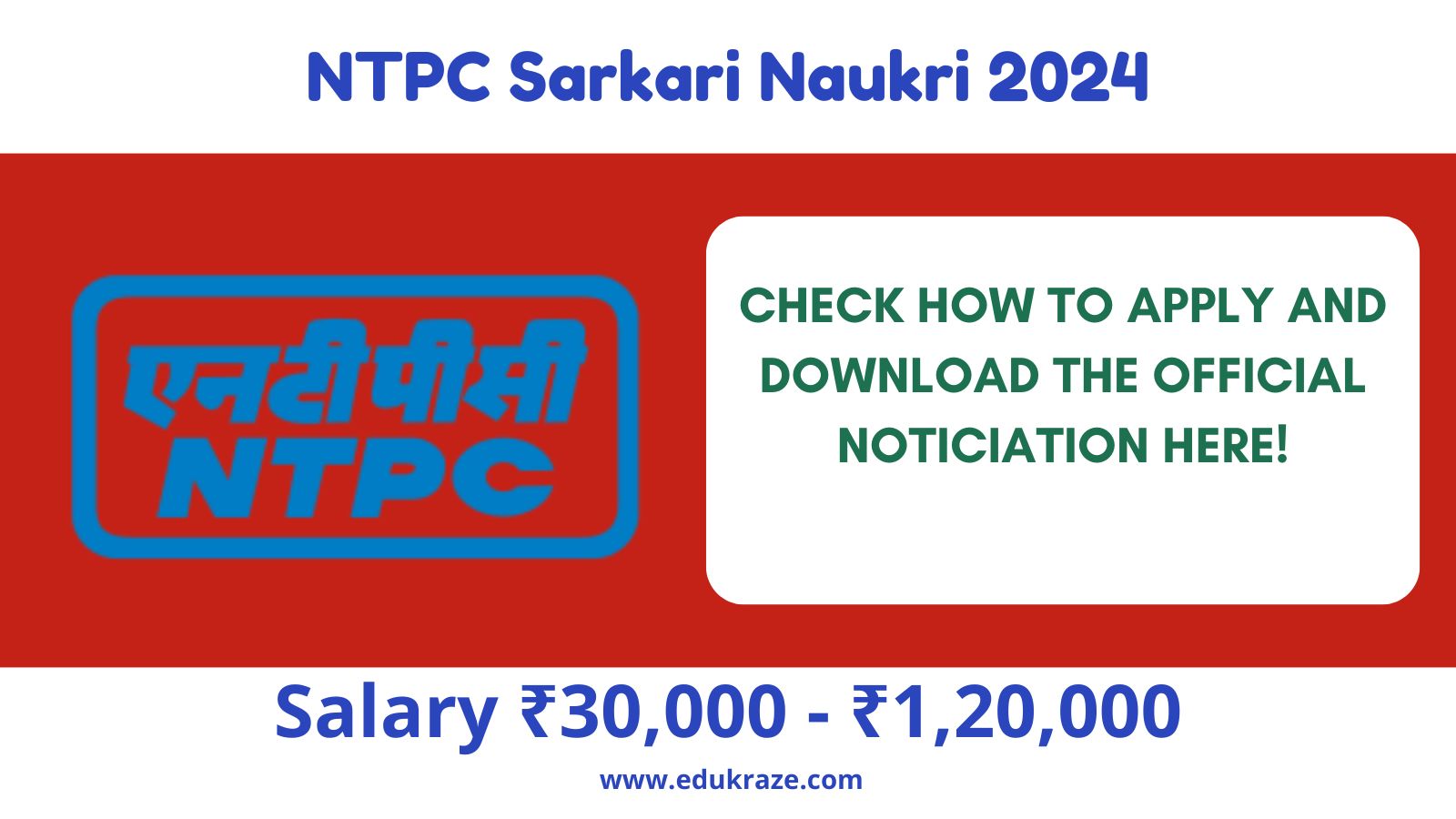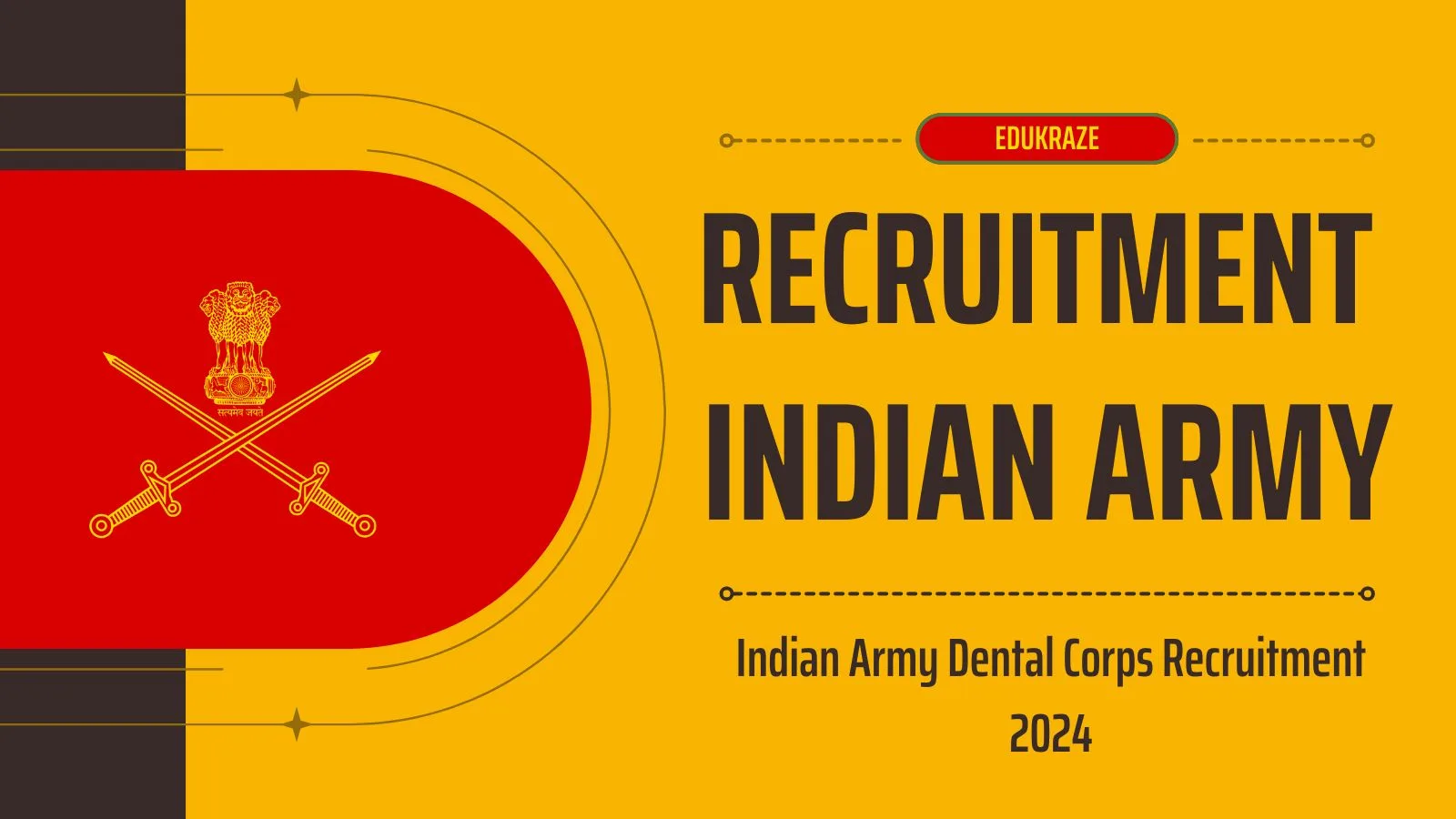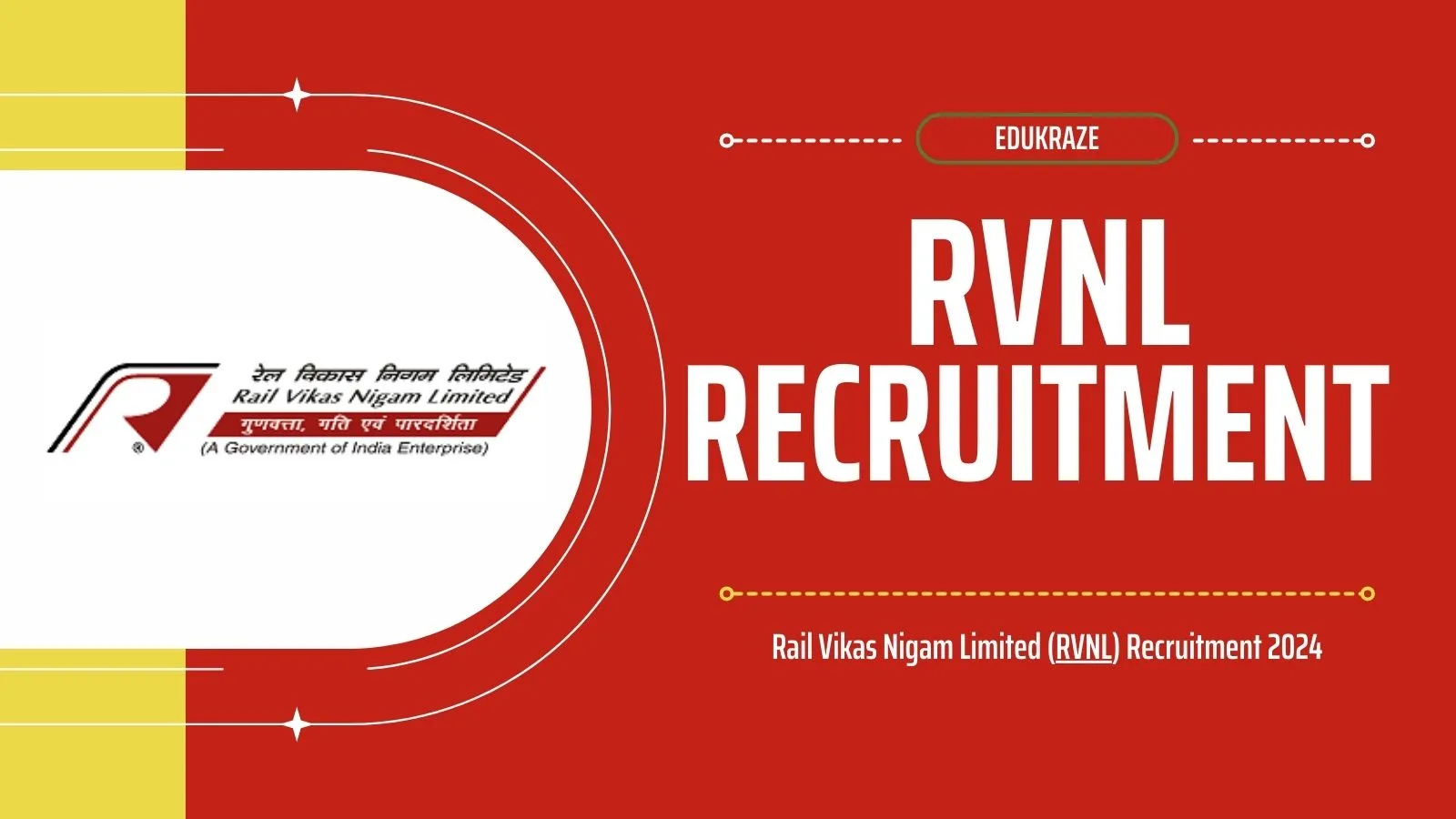Art-Integrated Learning is a recommended approach in NEP 2020 and NCFFS 2022. CBSE has implemented this pedagogical tool, and states/union territories can be paired with art projects.
Art-Integrated Projects are an innovative way of teaching, which involves the integration of various forms of art and culture in the learning process. The National Education Policy 2020 recommends the adoption of art-integrated learning as a cross-curricular pedagogical approach. Similarly, the National Curriculum Framework for Foundational Stage 2022 also highlights the importance of art in children’s learning and development. In this article, we will discuss the implementation of Art-Integrated Learning in CBSE-affiliated schools with a focus on pairing states/union territories with art projects.
Table of Contents
Background
Recommendations of NEP 2020:
Para 4.7 of the National Education Policy 2020 emphasizes the significance of art-integration in the teaching and learning process. The policy suggests using art and culture as the basis for learning concepts across subjects. This approach aims to create joyful classrooms while also imbibing Indian ethos in the learning process. Art-integrated education can help strengthen the linkages between education and culture.
Recommendations of NCFFS 2022:
The National Curriculum Framework for Foundational Stage 2022 recommends providing children with ideas and opportunities to express themselves through various forms of art. The framework acknowledges the importance of the arts in encouraging self-expression, intuition, reasoning, imagination, and communication. Children must be supported in drawing, painting, printing, creating collages, constructing structures with blocks, moving, dancing, exploring, improvising with their bodies, and playing musical instruments.
Implementation
CBSE’s initiative:
The Central Board of Secondary Education (CBSE) has introduced Art-Integrated Learning in all its affiliated schools through a circular issued on 8th March 2019. The Board has also released Guidelines on Art-Integrated Learning through a circular dated 18th April 2019. These guidelines aim to help teachers and principals implement Art-Integrated Learning as a pedagogical tool for experiential and joyful learning in the classroom. The Art-Integration guidelines of the Board list various activities, projects, assignments, and lesson plans that can be used by teachers.
Pairing states/union territories with Art Projects:
Art-Integrated Projects can be designed to pair states/union territories with art projects, providing children with the opportunity to learn about the cultural heritage of different regions of India. Here are some examples of Art-Integrated Projects that can be implemented in CBSE-affiliated schools:
Class I-II:
- Rangoli making project with the state of Rajasthan
- Madhubani painting project with the state of Bihar
- Warli painting project with the state of Maharashtra
Class III-IV:
- Pattachitra painting project with the state of Odisha
- Phad painting project with the state of Rajasthan
- Gond painting project with the state of Madhya Pradesh
Class V-VI:
- Tanjore painting project with the state of Tamil Nadu
- Papier-mâché project with the state of Jammu and Kashmir
- Cheriyal painting project with the state of Telangana
Class VII-VIII:
- Kalamkari painting project with the state of Andhra Pradesh
- Kalighat painting project with the state of West Bengal
- Pattachitra painting project with the state of Odisha
Class IX-X:
- Kalamkari painting project with the state of Andhra Pradesh
- Chittara painting project with the state of Karnataka
- Miniature painting project with the state of Rajasthan
Pairing States/Union Territories with Art Projects -Full PDF Here, Check Details
Conclusion
Art-Integrated Projects are a creative way to integrate art and culture in the learning process, recommended by NEP 2020 and NCFFS 2022. CBSE-affiliated schools have adopted this pedagogical approach, and states/union territories can be paired with art projects. Here are examples of art projects for each class. Pairing art and education can create joyful classrooms, imbibing Indian ethos in learning.
Do Follow us on Facebook and For More Updates on Competitive Exams Checkout our Website





